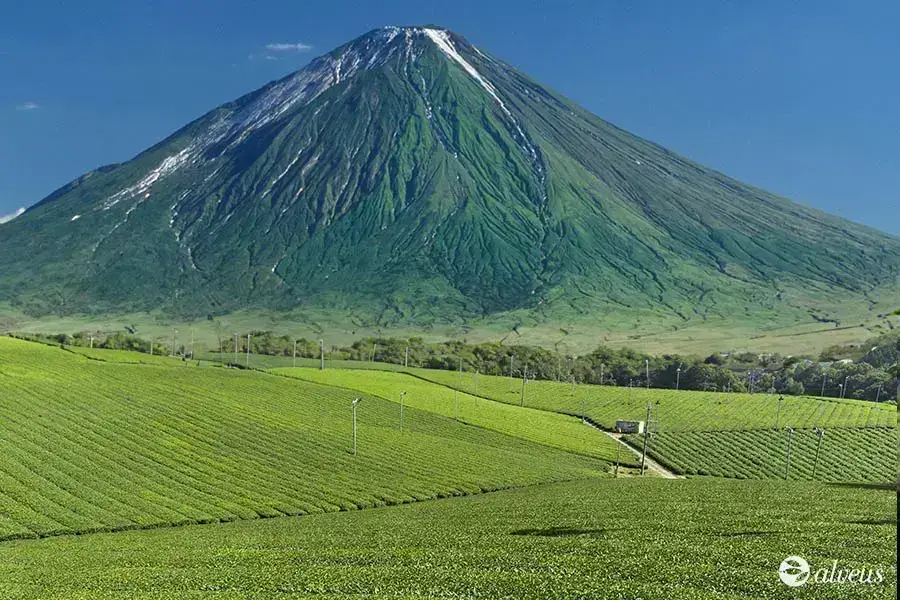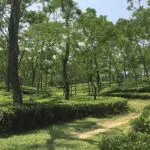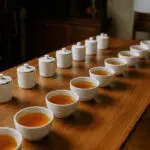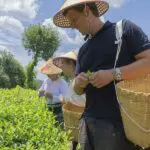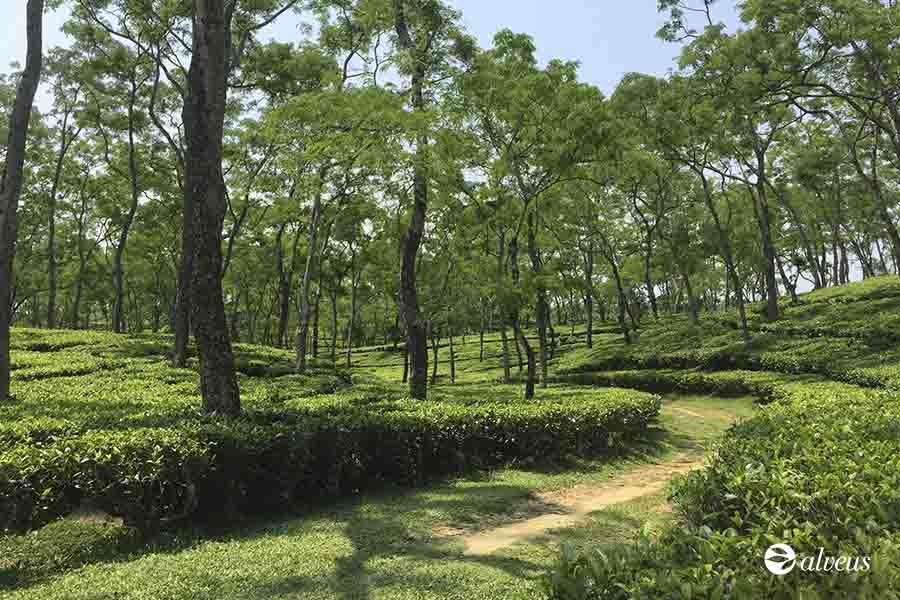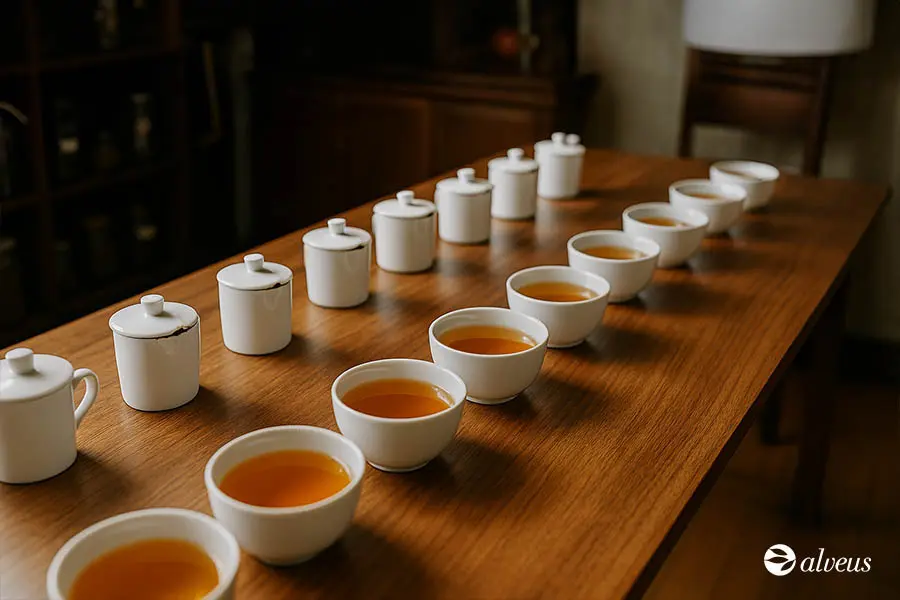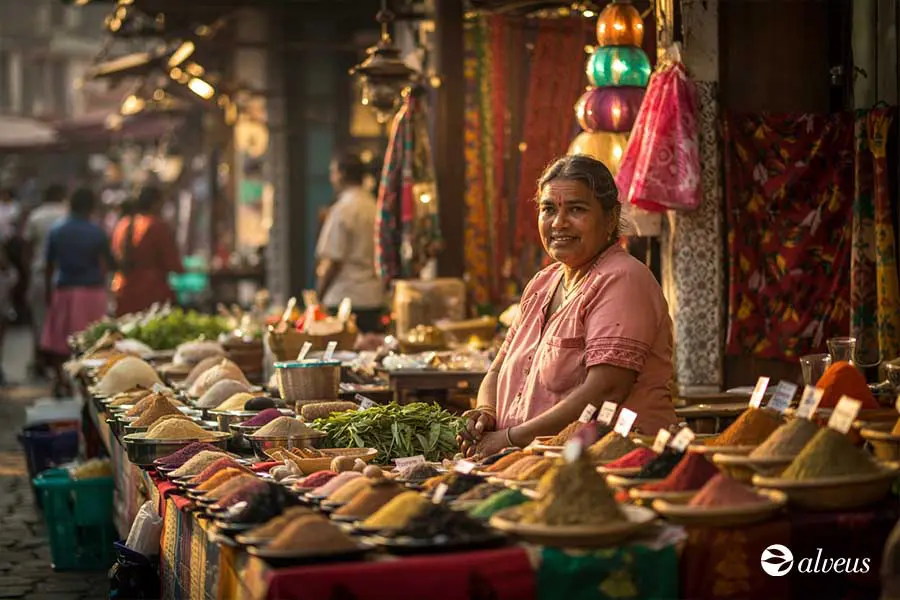Tanzania, known for its biodiversity and volcanic landscapes, is emerging as a key player in the global tea industry.
While neighbouring countries like Kenya dominate the sector, Tanzania is carving out its place in international markets with its growing production of black, orthodox, and green teas, emphasising quality and sustainability.
From its initial tea cultivation experiments in 1902 to its current status as a significant producer of black, orthodox, and green tea, Tanzania offers tea professionals a wide range of opportunities to explore.
As the country moves toward high-quality tea production, its potential to attract international markets continues to rise. In this post, we will explore how Tanzania’s dynamic tea industry, long-standing traditions, and commitment to sustainability can create new opportunities for your business.
History and Evolution of Tanzanian Tea
Tea wasi ntroduced to Tanzania in 1902 when German settlers experimented with its cultivation in the coastal region of Tanga. However, the tea industry didn’t really take off until the 1920s, when the first commercial plantations were established.
Following World War I and the subsequent British administration, tea cultivation followed a plantation model similar to successful British colonies like Kenya, with large foreign-owned estates leading the sector.
Tanzania’s tea industry did not experience the same boom as other African nations over the decades. However, the country’s independence in 1961 opened new opportunities for the agricultural sector, including tea production.
Although most Tanzanian tea is produced using the CTC method, known for its robustness and high caffeine content, there has been a recent resurgence in orthodox tea production.
This shift has attracted the attention of premium markets. Estates like Luponde, situated at 2,200 meters above sea level, have proven that Tanzanian tea can compete with the best in the world.
Key Tea-Growing Regions in Tanzania
Tanzania’s volcanic terrain, high altitudes, and varied climate create ideal conditions for tea cultivation.
While Tanzania may not be as well-known as other industry giants, its unique growing regions produce high-quality teas with distinctive characteristics.
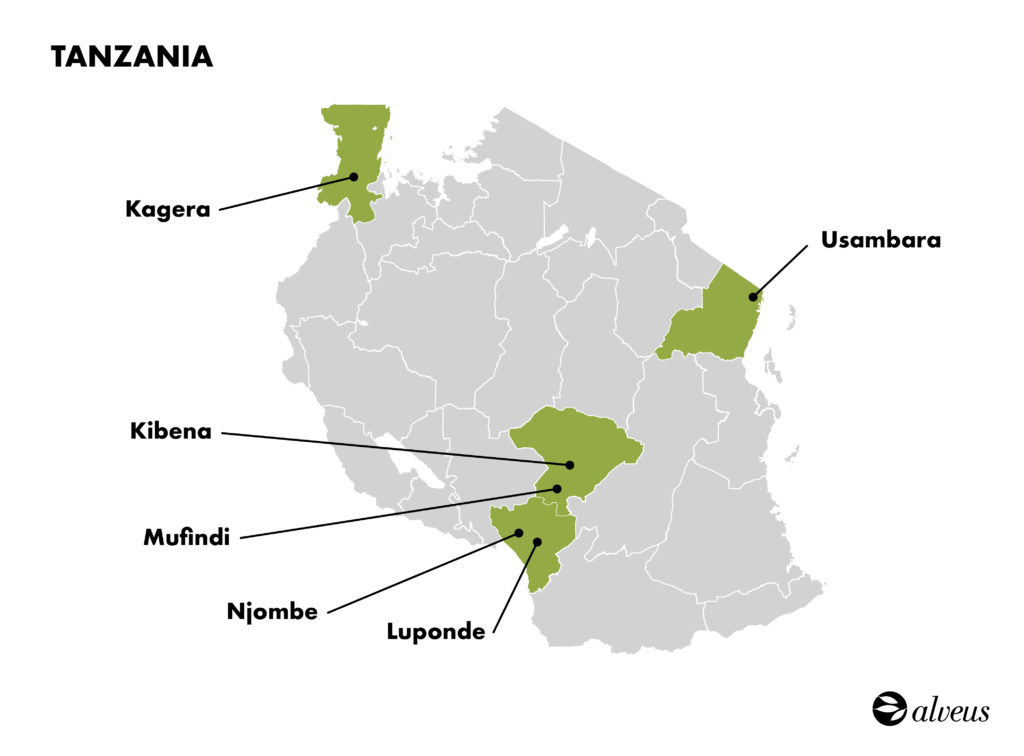
Southern Highlands
Tanzania’s Southern Highlands are the heart of the country’s premium tea production.
Mufindi and Njombe
Regions like Mufindi and Njombe, located between 1,700 and 2,200 meters above sea level, provide ideal conditions for orthodox tea cultivation. These plantations are surrounded by volcanic mountains, resulting in nutrient-rich, fertile soils.
Luponde
One of the most remarkable tea estates in this region is Luponde, sitting at an impressive 2,200 meters above sea level.
The estate produces orthodox, green, and white teas, highly valued for their quality and unique flavour. Luponde’s tea leaves are particularly prized for their appearance, featuring golden tips that reflect the use of superior clonal varieties.
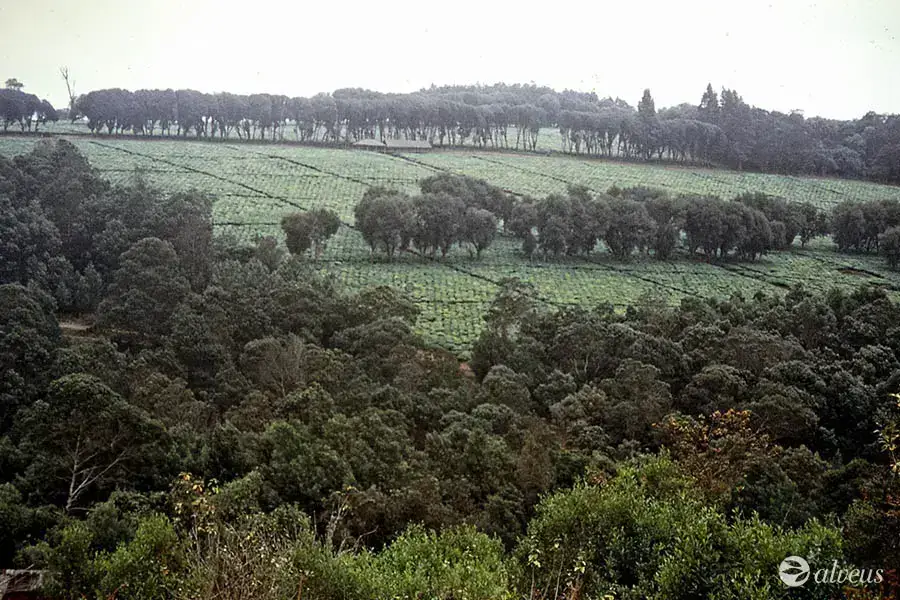
Kibena
Other areas in the Southern Highlands use a combination of mechanical and manual harvesting, ensuring high-quality standards while maintaining efficiency.
Kibena, one of the region’s best-known plantations, is a prime example of how mechanised production can coexist with premium tea quality. The estate produces a bright, intense tea highly sought-after by global markets.
Usambara
The Usambara region, located in northeastern Tanzania near the coastal city of Tanga, benefits from a tropical climate that allows for year-round tea production.
This area experiences relatively stable temperatures and high humidity, supporting two main harvest seasons: a long rainy season from March to May and a shorter one between August and December.
Kagera
In northwestern Tanzania, the Kagera region produces tea near Lake Victoria, where conditions are similar to those in Usambara.
Like Usambara, Kagera tea is high in caffeine and strength, making it a popular component in global tea blends.
However, Kagera is also gradually expanding its production of orthodox and green teas, particularly among small family-run farms.
Tanzania’s Most Popular Teas
CTC Black Tea
CTC (Crush, Tear, Curl) black tea is the dominant variety in Tanzania, accounting for over 98% of national production. This mechanised processing method results in a strong, vibrant, and highly caffeinated infusion highly valued in international markets such as Europe and Pakistan.
Its intensity and versatility make it a staple for traditional blends and spiced teas. Additionally, CTC tea is a cornerstone of Tanzania’s economy, reflecting the country’s practical and efficient approach to tea production.
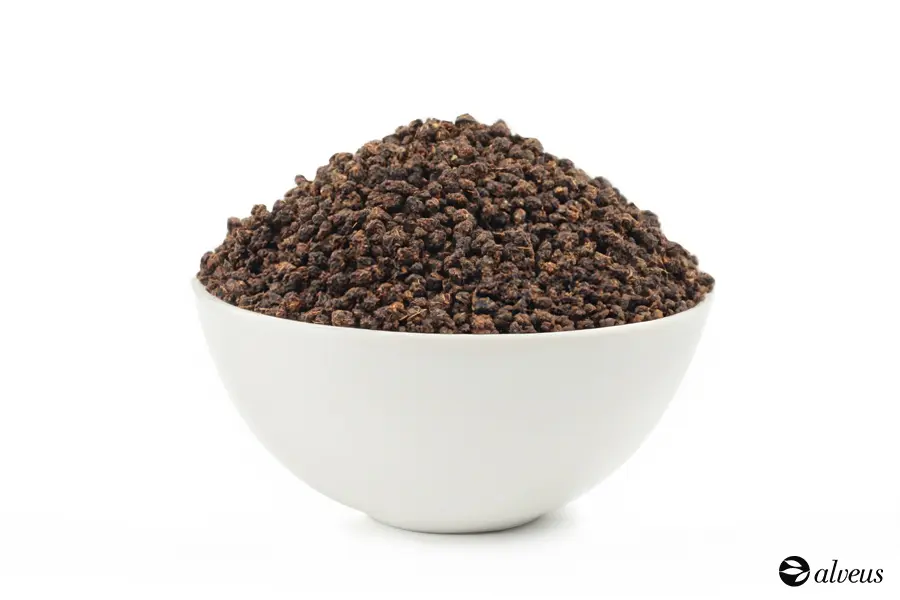
Orthodox Tea
Tanzania is also gaining recognition for its orthodox teas, which are processed more traditionally in small batches. These premium-quality teas feature a balanced flavour due to careful leaf handling.
This approach is attracting interest from specialised markets where demand for unique, high-end products continues to grow.
Green Tea
Beyond black tea, green tea is also rising in popularity in Tanzania, known for its fresh and health-conscious profile.
Carefully processed to retain its clean vegetal notes, Tanzanian green tea is an appealing option for consumers seeking natural and light alternatives.
White Tea
Tanzania is also experimenting with white tea production, a variety prized for its delicate nature and hand-plucked young buds.
With its silky texture and subtle sweetness, Tanzanian white tea adds an exclusive touch to the country’s tea repertoire, attracting the interest of discerning tea connoisseurs.
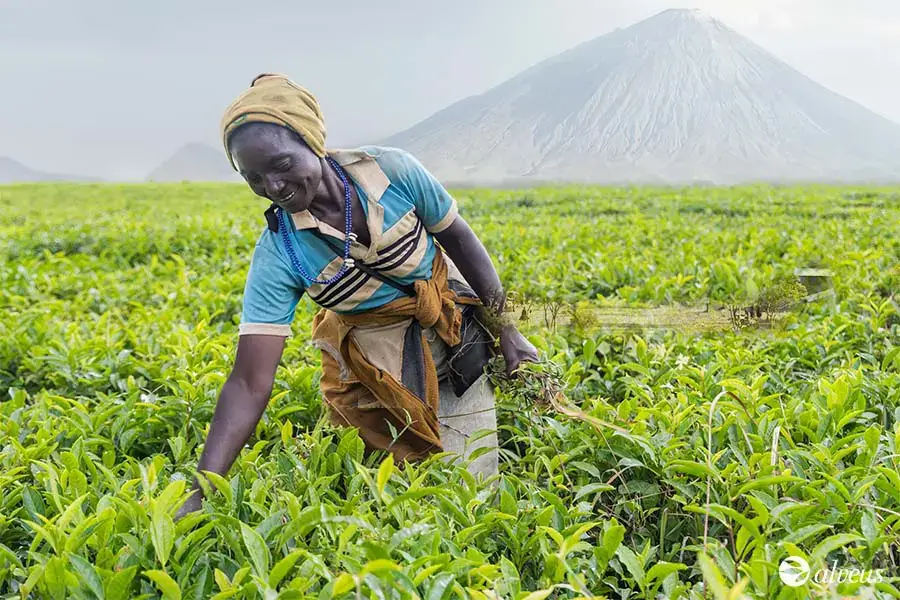
Tea Traditions in Tanzania
Although tea is not as deeply ingrained in Tanzanian culture as in China or Japan, it remains an essential part of daily life.
In rural areas, especially within tea-growing communities, tea is consumed regularly, often with milk and sugar. In urban settings, locals enjoy tea in small cafés, typically served with evaporated milk or sugar in the African style.
In some regions like Kagera, tea plays a central role in local celebrations and family gatherings, symbolising hospitality and togetherness.
Conclusion
Without a doubt, Tanzania is establishing itself as a key player in tea production, standing out for its ability to offer high-quality products that appeal to traditional markets and more specialised niches.
Its focus on sustainability and the advantage of an exceptional terroir position the country uniquely to produce teas that cater to a wide range of tastes and preferences.
The diversification of its industry, with a growing emphasis on orthodox and green tea production, opens new opportunities for tea professionals looking to explore emerging markets. The ongoing evolution of Tanzania’s tea sector highlights the country’s increasing potential to become a global leader in tea production.
With a tradition that adapts to modern trends, Tanzania is shaping up to be a fascinating destination for those seeking quality, innovation, and authenticity in the world of tea.


